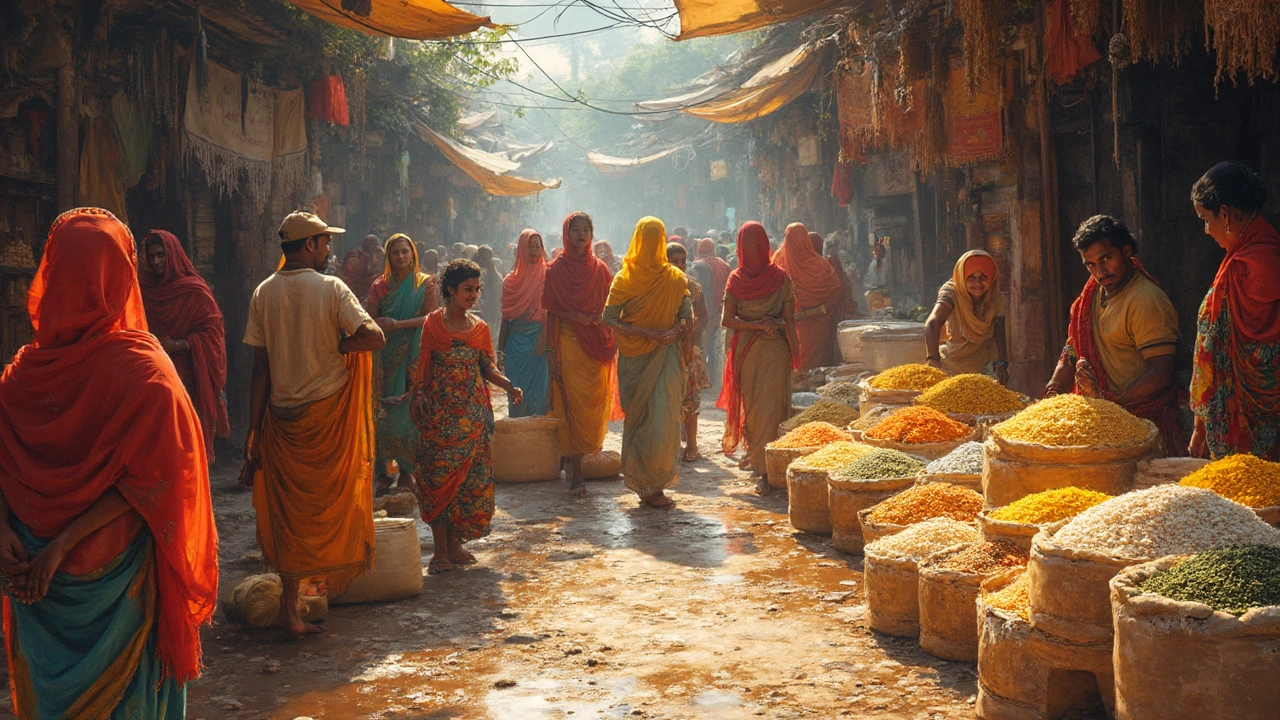Rice Consumption: Practical Guides, Tips & Risks
Whether you’re plating a bowl of fluffy basmati or looking at a paddy field, rice is everywhere. It’s the staple that feeds billions, but most people only see the cooked side. Below you’ll find quick answers on how much rice you need, how it grows, and what pitfalls to avoid if you ever think about planting it.
How Much Rice Do You Need?
The biggest cooking mystery is the water‑to‑rice ratio. One cup of dry rice typically yields about three cups of cooked rice. That means a single cup of uncooked rice feeds roughly three people if you serve it as a side. Use 1.5 cups of water for every cup of white rice, 2 cups for brown rice, and let it sit covered for 10 minutes after cooking for the best texture.
If you’re feeding a crowd, double the numbers. For example, five cups of dry rice will give you about fifteen cups of cooked rice—enough for a family dinner plus leftovers. Remember to scale the water proportionally; too much water makes it mushy, too little leaves it dry.
Growing Rice: Soil and Risks
Want to grow your own rice? The first step is picking the right soil. Loamy, water‑retentive soils work best because rice needs a flooded environment for most of its growth cycle. If you have heavy clay, amend it with organic compost to improve texture and drainage while still holding water.
Even with perfect soil, rice farming carries risks. Weather swings can flood or dry out fields unexpectedly. Market prices also bounce, so planting a huge area without a sales plan can bite you financially. To reduce loss, consider mixed cropping—grow a secondary crop like vegetables between rice rows. This spreads risk and keeps the soil fertile.
When you plant, aim for a spacing of about 20 cm between seedlings. This gives each plant space to develop a strong root system and maximizes grain yield. On average, a healthy plant can produce between 70 and 100 grains, but with good spacing and proper water management you can push that number higher.
For home gardeners, a small raised bed that can hold a few inches of water works fine. Fill the bed, sow the seeds, and keep the water level about an inch above the soil. In India, the best rice‑growing months are June to September when rains naturally flood the fields.
Beyond cultivation, keep an eye on the business side. If you decide to sell your harvest, watch global price trends. Rice prices can swing based on import policies, seasonal demand, and pest outbreaks. Building a direct link with local markets or cooperatives can give you better price control than selling to middlemen.
In summary, mastering rice consumption means knowing how much to cook, how it’s grown, and what challenges farmers face. Use the water‑to‑rice ratios above for perfect grains, understand soil needs if you ever plant, and stay aware of market risks if you go commercial. With these basics, you’ll serve better meals and appreciate the journey from field to plate.
Which Ethnicity Consumes the Most Rice Daily?
Rice is a key staple in many cultures, but some ethnicities have a particularly high consumption rate. This article explores which communities rely on rice the most, looking at the factors behind these eating habits. Discover how rice fits into various cultural diets and the reasons behind its overwhelming popularity in certain regions. Learn about the surprising details of global rice consumption and what makes this grain a cornerstone of such diverse diets.
Rice Consumption in the US: Spotlight on Leading States
Delving into the world of rice consumption in the United States, this article identifies the state where rice is most popular. We explore dietary habits, cultural influences, and regional preferences that contribute to rice being a staple food. Learn about how various states have adopted rice within their meals, factors driving consumption, and tips for enjoying this versatile grain. Discover the connections between rice cultivation and consumption trends in top rice-eating states.
About
Rice Cultivation, Gardening
Latest Posts
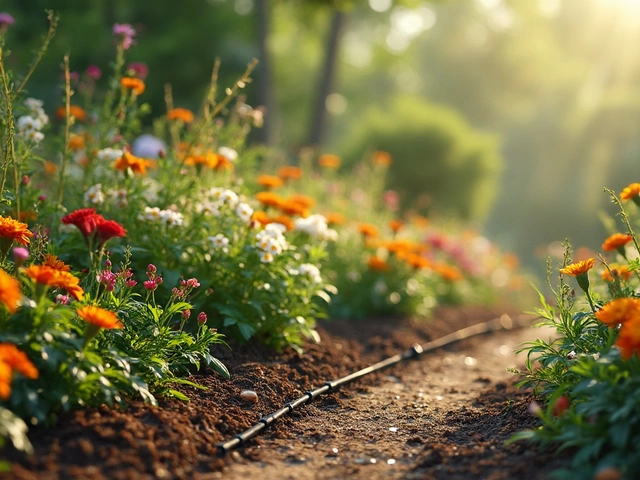
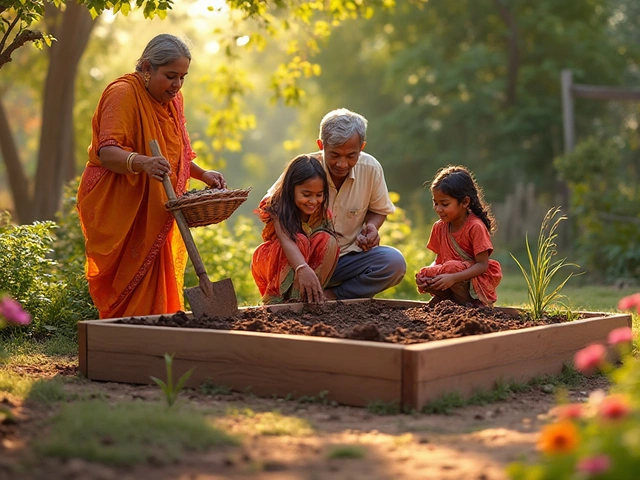
Calculating Soil Needed for a 4x8 Raised Garden Bed
By Alden Thorne Jan 29, 2025
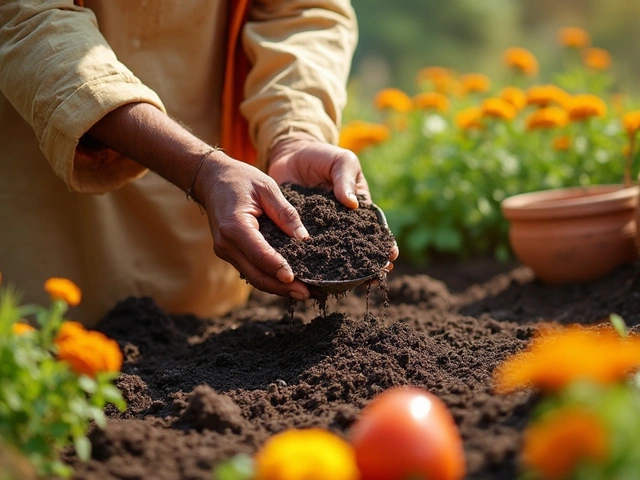
Bulk Up Garden Soil: Real Ways to Make Your Dirt Work Harder
By Alden Thorne Jun 16, 2025
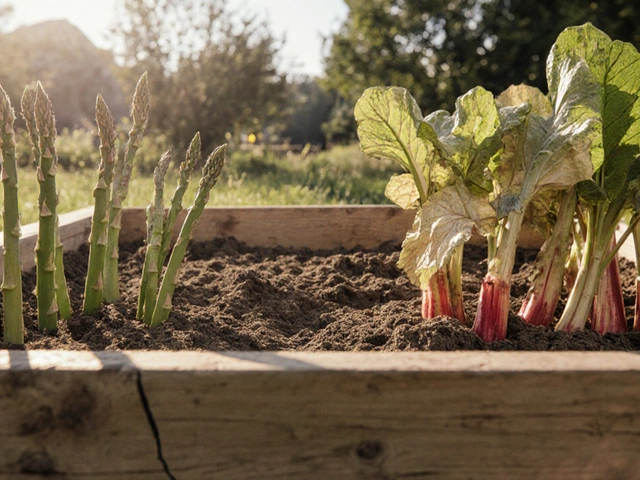
Plants That Struggle in Raised Beds - What to Avoid
By Alden Thorne Oct 8, 2025

